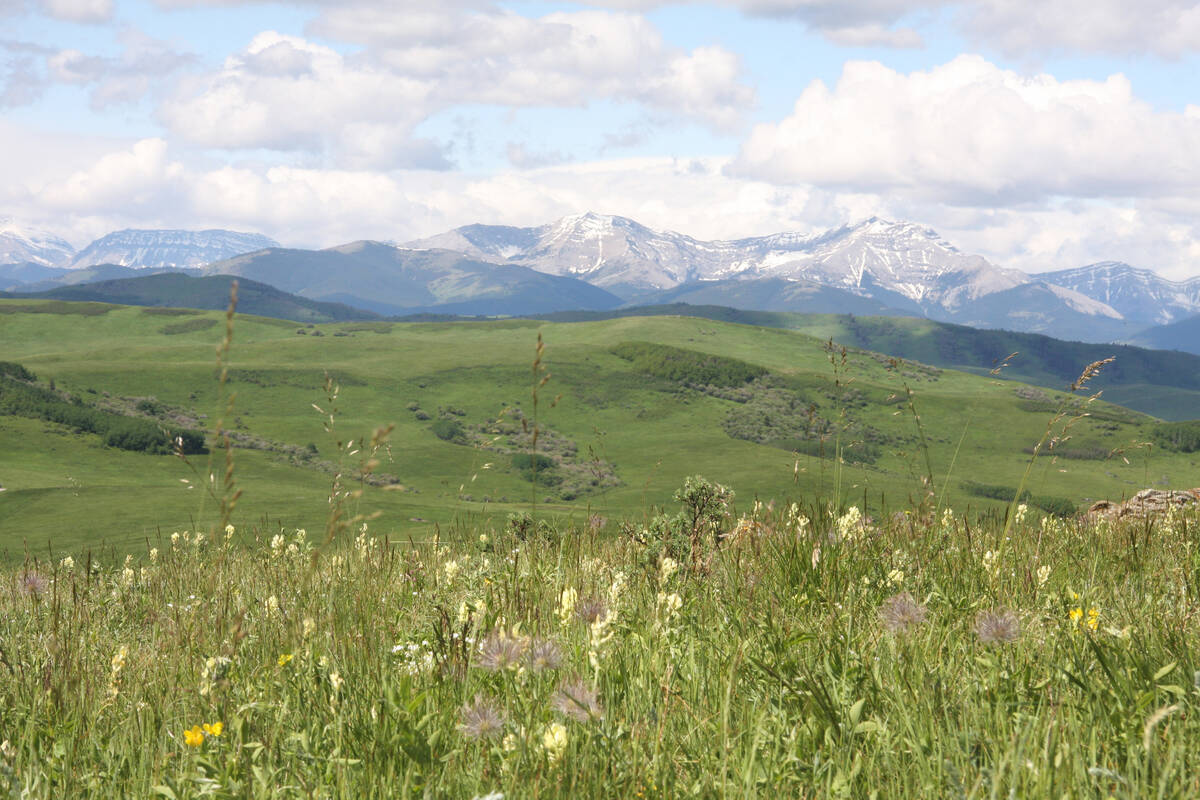A federal government anti-poverty income program for farmers may not be serving some most in need of help.
The Canadian Farm Families Option Program was launched earlier this month to aid producers who had a gross farm income of more than $50,000 and who failed to net $25,000 as a family or $15,000 as an individual in 2005 and/or 2006.
Dave Smith of Choiceland, Sask., is a farmer who fell through a crack between the new options program and the Canadian Agricultural Income Stabilization program.
After a major expansion of his goat herd in 2005, disease due to a feed deficiency wiped out his kid crop and heavily reduced his expanded nanny population. The result was a huge loss in 2005 and no positive income in 2006.
Read Also

Selenium not deal breaker in coal mining: expert
Environmental scientist weighs in on coal mining debates in Western Canada, explaining selenium and the technologies and practices to lower its concentrations in nearby waterways to coal mining operations
CAIS failed to cover much of his expansion losses because he hadn’t had income from that many animals in previous years.
The new program fails to cover his lack of personal income because he had a low gross in 2005 due to kid losses.
“We’re too poor for aid. We don’t know how we’ll buy groceries. We are a legitimate farm, yet the two programs that should be there to help us fail to address these sorts of occurrences.”
Smith said he’s not alone. Producers of grains and oilseeds may find they don’t qualify for much assistance either after several years of drought and a flood in 2006, he said.
“Some of my grain growing neighbours won’t qualify because they saw their three-year reference margin drop due to drought, only to be told they no longer qualify for CAIS because their farm fails to produce,” he said.
“Now they can’t get a crop due to too much rain and they don’t qualify for this new program because they don’t have the required $50,000 in gross income in 2005,” he said.
Rose Olfert of the Canadian Rural Economy Research Lab at the University of Saskatchewan said the program appears to protect against providing money to hobby farmers or those who farm small holdings and have an ultra-low income lifestyle.
“In the process it also keeps money out of the hands of legitimate farmers who have a series of poor years,” she said. “If this is an anti-poverty issue, then the government needs to address it as such.”
Sandra White agrees.
The Fairview, Alta., farmer says the options aid plan excludes those who need it most.
“I have 42 cows. My gross income from the cow-calf business is less than $50,000. I made just $16,000 net of expenses,” she said. “BSE hurt us. Increasing costs of production increases hurt us. We still keep going and we are viable farmers. To say we are hobby farmers because we don’t gross $50,000 is an insult. And they insulted a lot of people who farm in Canada with this program,” she said.
White said the program is welcome, but needs revisions.
“They wanted to keep hobby farmers out with the $50,000 gross. But average it. Look at people’s income tax returns to ensure that they are professional farmers. Don’t just exclude them out of hand,” she said.
The training component of the program requires producers to review their farming operations or take skills training that will enhance their incomes.
White and Smith say those aren’t the issues on their farms.














